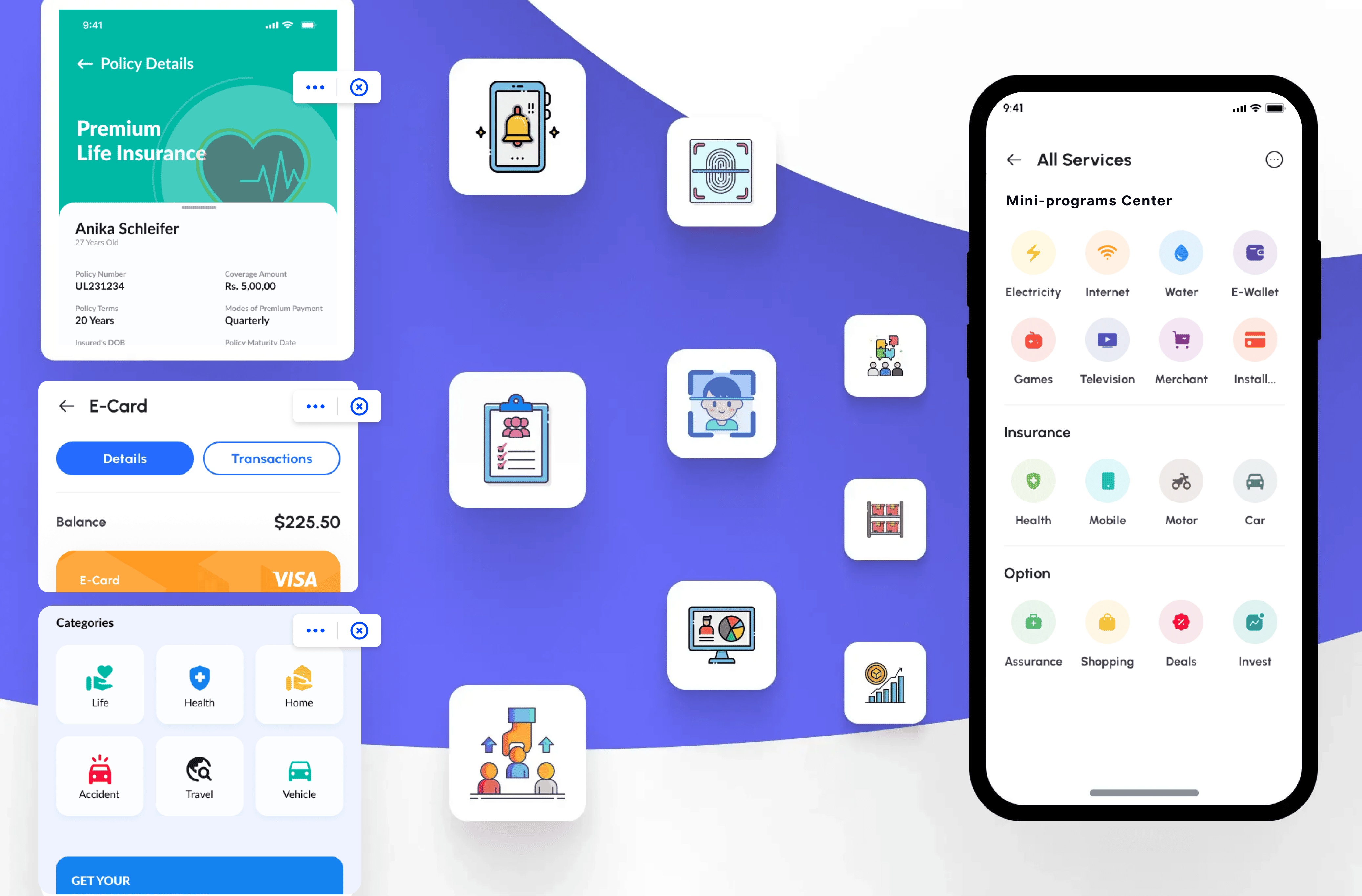Advantages and Disadvantages of Hybrid App Development
Hybrid App development services
In response to the problems faced by native development, people have been working hard to find good solutions. Today, there are many cross-platform frameworks (note that the "cross-platform" referred to in this article, unless otherwise specified, refers specifically to the two platforms of Android and iOS). According to their principles, they are mainly divided into three categories: H5+native (such as: Cordova framework) JavaScript development + native rendering (such as: RN framework) Self-drawn UI + native (such as: Flutter framework)

H5+native (such as: Cordova framework)
Advantages:
1. Cross platform for android and ios.
2. High development efficiency. After so many years of development, the Web has rich APIs and various components, which can be found whenever you use them.
Disadvantages:
1. The execution efficiency of UI rendering is very low, and the fluency and stability are not high.
2. Some inherent design defects of Web components themselves, such as reloading caused by switching pages back and forth, and the position retention of long lists, require developers to think of some ways to avoid these.
3. Compatibility issues caused by differences in browser versions on different platforms.
4. Non-web interfaces, such as functions that interact with cameras, Bluetooth, etc., need to be solved through plug-ins. If there are no plug-ins, you still need to write plug-ins yourself with native code.
JavaScript development + native rendering (such as: RN framework)
Advantages:
1. It can save time in cross-platform application development, and application maintenance is cheaper.
2. The overall user experience is good and the development efficiency is very high.
3. Support hot updates, which can be updated directly in the APP without user perception.
Disadvantages:
1. Compared with native languages, RN is still immature. It is still in the improvement stage, which may have a negative impact on the application, especially every time a new update is released, developers have to make a lot of changes and upgrade regularly. The application will also encounter many problems during the upgrade process.
2. In addition to just writing code, developers sometimes need to write additional native code for components that are incompatible with RN, and sometimes RN components become worse than native components.
3. It lacks security and robustness. RN is a JavaScript library and open source framework. It has major security issues.
4. The technical maintenance cost is high, and it takes a lot of manpower and time to polish.
Self-drawn UI + native (such as: Flutter framework)
Advantages:
1. In hybrid development, the framework closest to native development;
2. Powerful performance and smooth interaction;
3. Simple and easy to learn, the language is more advantageous;
4. Cross-platform, reducing development costs; support plug-ins, can access native system calls.
Disadvantages:
1. It is inseparable from native. Developers need to have native (Android, iOS) basic development capabilities;
2. Adaptation issues. After the development tool version is upgraded, the amount of modification is large;
3. After native integration of third-party SDKs, compatibility adaptation is a headache, and there is also a poor UI control API
4. The code readability is poor, and the code quality and management requirements are high;
5. The third-party SDK is complicated, the adaptability is poor, and it cannot be used indiscriminately;
6. At present, there is almost no third-party developer platform to develop Flutter-capable SDKs, which need to be integrated natively;
7. After packaging, the APP installation package is much larger.



